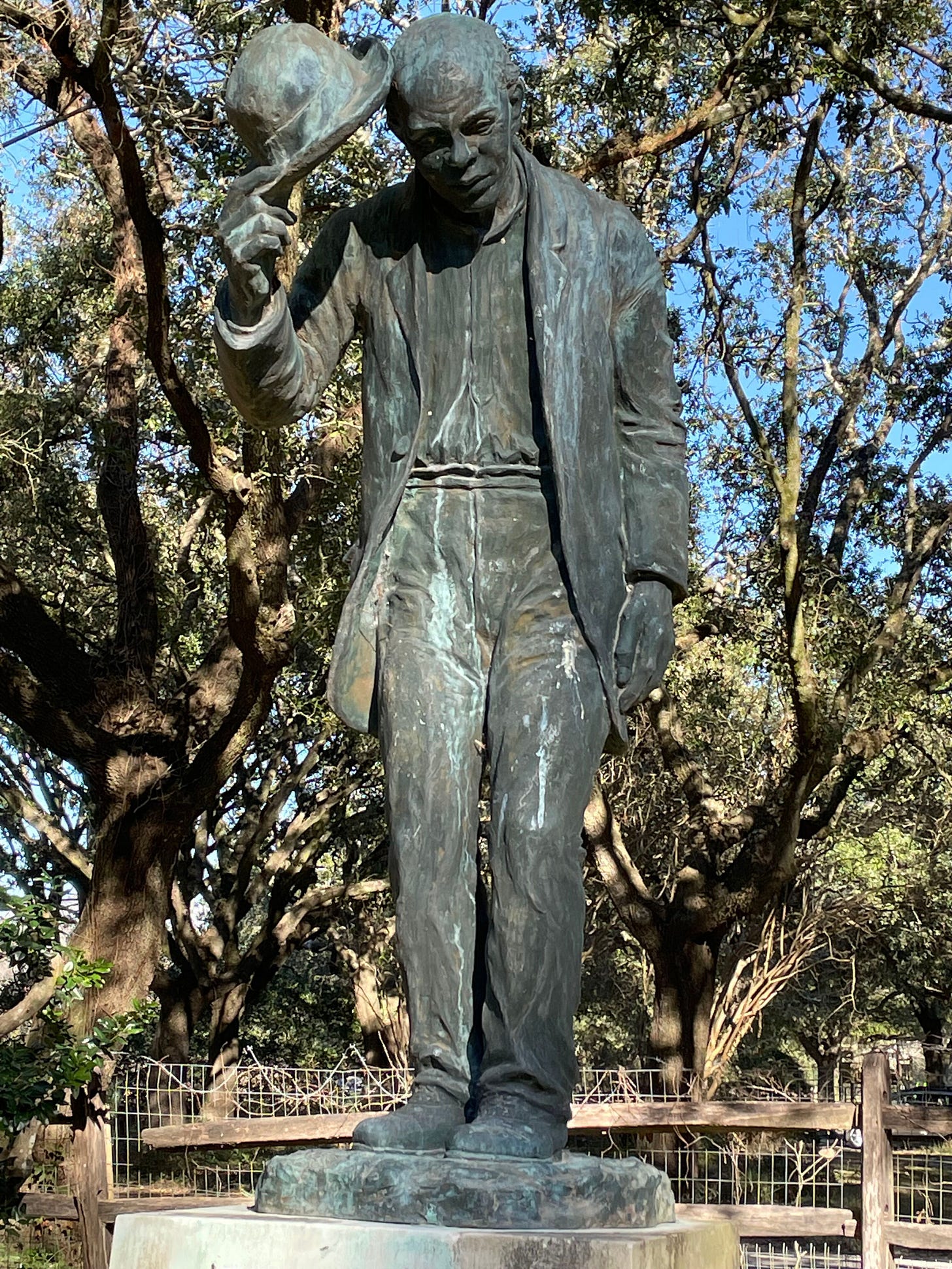During my trip to Louisiana in January of 2022, I came across this statue at the Louisiana State University Rural Museum. This statue stood out among the rural buildings, cabins, old cars and tools. I was intrigued by the imagery and its meaning. The statue was meant to show a black man in the Jim Crow south m…
Keep reading with a 7-day free trial
Subscribe to Things We Don't Talk About Like Politics & Religion to keep reading this post and get 7 days of free access to the full post archives.




